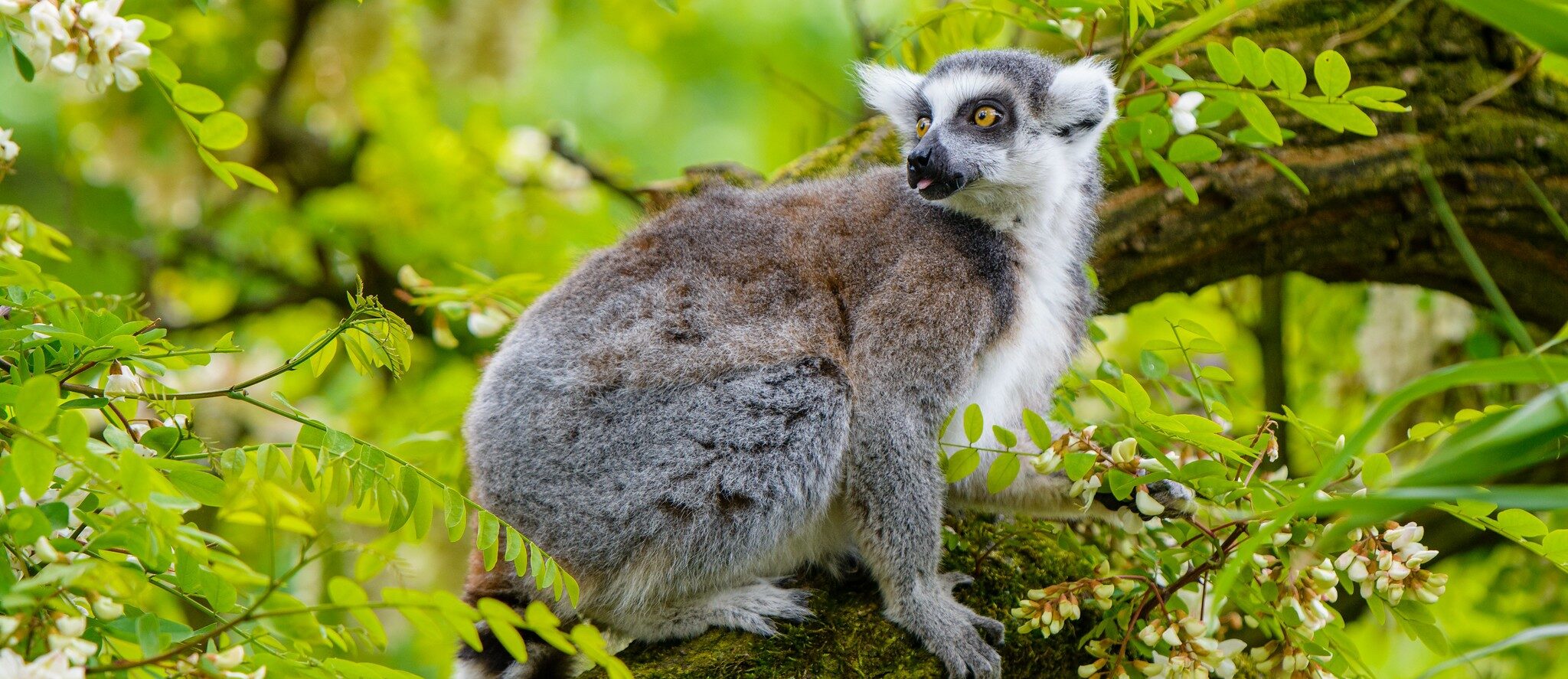Will Mexico’s Growing Avocado Industry Harm Its Forests?

Demand for avocados has exploded in the last decade, and Mexican production of “green-gold” has expanded to meet it. National production has grown 8% annually since 2009; the country produced 2.2 million tons of avocados in 2018 alone. Although the majority of Mexico’s avocados come from the state of Michoacán, the avocado boom is now pushing into other regions – a move that may threaten the country’s forests.
The environmental impact of avocado production in Michoacán
More than three-quarters of Mexico’s avocado production occurs in the state of Michoacán, where the resource-intensive crop has already been associated with environmental and social problems. Avocado production drove 30-40% of recent deforestation in Michoacán. These local forests are important for biodiversity, livelihoods and for providing the catchment basins that supply water to local communities and Mexico City. Orchards have also begun edging into protected areas, including the Monarch Butterfly Biosphere Reserve, where native vegetation is paramount for the insect’s survival.
Mexico’s avocado production is expanding into new territories
As international demand for avocado continues to rise, more and more orchards are cropping up to meet it. Jalisco, Michoacán’s neighboring state, is a distant second for domestic avocado production (9% of the national total) but is growing faster than anywhere else in the country, including Michoacán.
 Note: Production in 2009 for each state was normalized to 1. The values in the graph for subsequent years are the production relative to that base year.
Note: Production in 2009 for each state was normalized to 1. The values in the graph for subsequent years are the production relative to that base year.The crop is incredibly valuable for Jalicense farmers. In 2018, the production value per hectare of avocado trees was $7,000, almost four times as much as a decade ago. And it is unlikely that any other single crop (like corn) or other land-uses (like forestry) can compete with the opportunity cost of avocado plantations.
But as the industry continues to grow in Jalisco and elsewhere, it will be essential to prevent “green-gold” from having the same negative impacts it has had in Michoacán. Already in Jalisco, regions with the most avocado production are experiencing the highest rates of tree cover loss. The municipality of Zapotlán el Grande experienced the most growth in avocado production over the last decade (from 2,400 tons in 2009 to almost 37,000 in 2018). In the same period, it ranked ninth out of 125 municipalities in terms of most tree cover lost.

Another concern is erosion and river overflow. This past summer, the Salsipuedes River in the municipality of San Gabriel, Jalisco overflowed three times, killing five people. Experts assessing the disaster indicated that deforestation in the foothills, where native vegetation has been replaced by avocado orchards, played a large role in the flooding.
Avocado trees also require more water than native vegetation. According to data on WRI’s Aqueduct platform, Mexico already suffers from high water stress. Jalisco, in particular, experiences extremely high water stress, where 80% or more of the available supply is withdrawn every year. Rapidly planting thirsty avocado trees could prevent water from filtering down to aquifers, causing further water stress in surrounding communities.
How to achieve sustainable avocado production in Mexico
To continue Mexico’s growth in avocado production sustainably will first and foremost require more land planning policies based on soil suitability and water availability. Most forests in Mexico are community-owned. In the Huatulco-Copalita Basin of Oaxaca, the community first assessed the physical and biological characteristics of its lands – including soil, slope, rain patterns and more – and then chose agricultural activities best suited to these conditions. Though the concept is simple, methodically applying these criteria to plan land management doesn’t happen often in Mexico.
On the market side, tools that reward good agricultural practices, such as sustainable certification schemes, should be promoted by consumers, producers, government bodies and development initiatives to safeguard the wealth of Mexican forests. Moreover, tools such as Global Forest Watch Pro can help to monitor value chains, ensuring deforestation-free production. Simultaneously, policy makers should ensure that policies and incentives align with the goals of rural development and environmental sustainability. Lack of alternative livelihoods can be a significant driver of unsustainable land use practices. A diversified rural economy, on the other hand – which considers not only a wider variety of crops, but also non-agricultural activities such as forestry or ecotourism – can generate resilient communities and jobs, reduce the rate of forced migration and protect ecosystems and their associated environmental services.
Explore More Articles

As Extreme Wildfires Threaten Forests, Indigenous Leadership Offers Solutions
Indigenous Peoples and local communities are among the world’s most effective forest stewards. Yet a new report from WRI and WWF-Australia finds that these lands are disproportionately affected by increasing wildfires.

